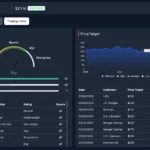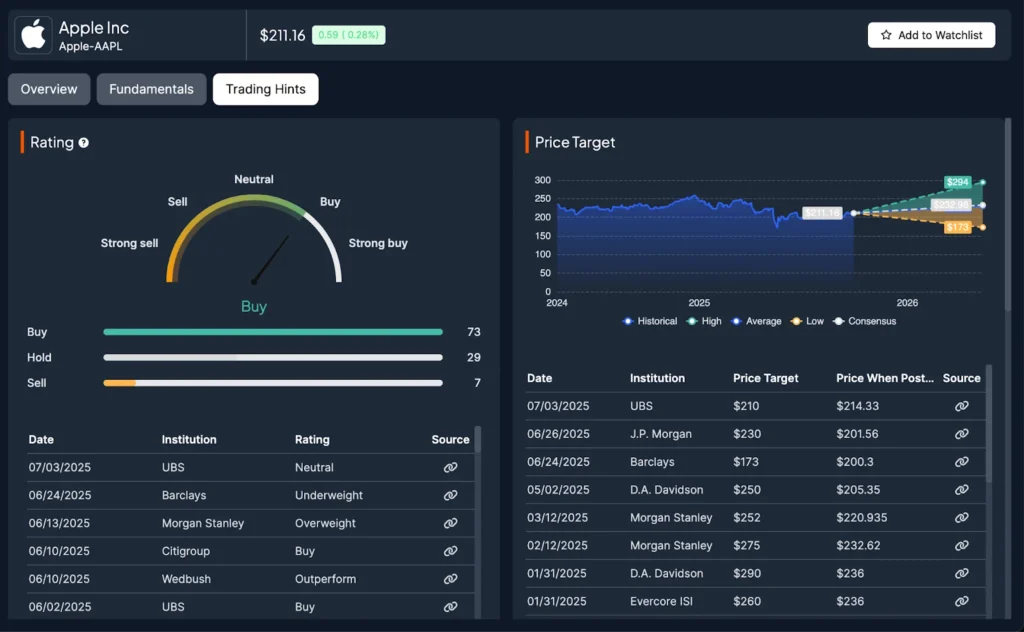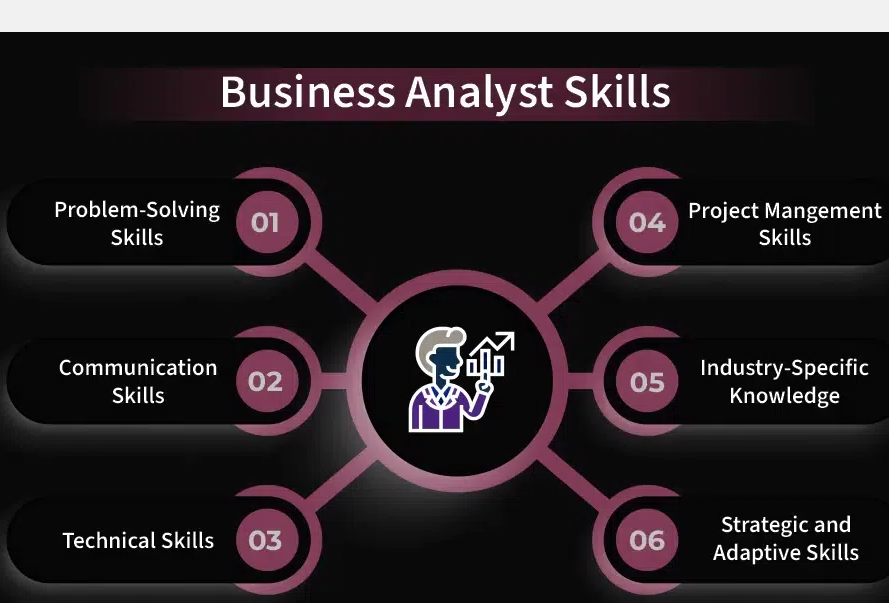Python Data Science Essentials: From Basics to Advanced Techniques

Python has emerged as a powerhouse in the realm of data science, offering a versatile and robust platform for both beginners and advanced practitioners. In this article, we’ll embark on a journey from the fundamental concepts to advanced techniques in Python data science. Along the way, we’ll explore key tools, libraries, and methodologies essential for mastering data science with Python.
Introduction to Python for Data Science
Python’s popularity in the field of data science stems from its simplicity, readability, and vast ecosystem of libraries tailored for various tasks. For beginners, diving into Python for data science might seem daunting at first. However, with the right resources and guidance, anyone can grasp its essentials.
Before delving into data science-specific libraries and techniques, it’s crucial to familiarize ourselves with the basics of Python programming. From variables and data types to control flow and functions, understanding these fundamental concepts lays a solid foundation for data science endeavors.
Once comfortable with Python basics, aspiring data scientists often seek for the online Python tutorial to further enhance their skills. These tutorials offer structured learning paths, hands-on exercises, and practical examples, making them invaluable resources for honing Python proficiency.
Exploring Data Science Libraries in Python
With Python’s extensive library ecosystem, data scientists have access to a plethora of tools for data manipulation, analysis, and visualization. Let’s delve into some essential libraries that form the backbone of Python data science:
NumPy and Pandas
NumPy and Pandas are cornerstone libraries for data manipulation and analysis in Python. NumPy provides support for numerical computing with powerful array operations, while Pandas offers high-level data structures and functions for efficient data manipulation.
Matplotlib and Seaborn
For data visualization, Matplotlib and Seaborn are go-to choices in the Python ecosystem. Matplotlib provides versatile plotting capabilities, while Seaborn offers a high-level interface for creating informative and visually appealing statistical graphics.
Scikit-learn
Scikit-learn is a comprehensive machine learning library that simplifies the implementation of various machine learning algorithms in Python. From classification and regression to clustering and dimensionality reduction, Scikit-learn provides a unified interface for building predictive models.
Advanced Techniques in Python Data Science
As proficiency in Python and data science fundamentals grows, practitioners often explore advanced techniques to tackle real-world challenges. Let’s delve into some advanced concepts and methodologies in Python data science:
Feature Engineering and Selection
Feature engineering involves transforming raw data into informative features that enhance the performance of machine learning models. Techniques such as feature scaling, encoding, and extraction play a crucial role in optimizing model performance.
Model Evaluation and Hyperparameter Tuning
Effective model evaluation and hyperparameter tuning are essential for building robust and accurate machine learning models. Techniques such as cross-validation, grid search, and randomized search help identify optimal model configurations and improve overall performance.
Deep Learning with TensorFlow and Keras
For tasks requiring complex pattern recognition and feature learning, deep learning frameworks like TensorFlow and Keras offer powerful tools. These libraries enable the implementation of neural networks and deep learning architectures for tasks such as image recognition, natural language processing, and more.
Integrating Online Python Compiler for Data Science Projects
As data science projects evolve from exploratory analysis to production-ready solutions, the need for a reliable development environment becomes paramount. An online Python compiler provides a convenient platform for coding, debugging, and collaborating on data science projects in a web-based environment.
An online Python compiler offers an integrated development environment (IDE) with features such as syntax highlighting, code completion, and execution capabilities. This enables data scientists to write, test, and debug Python code directly within a web browser, eliminating the need for local installations or setups.
Conclusion
In this article, we’ve covered Python data science essentials, from basic concepts to advanced techniques, along with the integration of an online Python compiler for data science projects. By mastering Python programming fundamentals, exploring essential libraries, and adopting advanced methodologies, aspiring data scientists can unlock the full potential of Python for data science. Whether you’re a beginner embarking on your data science journey or an experienced practitioner seeking to enhance your skills, Python remains a versatile and indispensable tool in the realm of data science. Additionally, incorporating a comprehensive data science tutorial for beginners can provide a solid foundation for newcomers entering the field.

Pallet Wood Sourcing: Ethical and Sustainable Practices

Understanding Cost-Benefit Analysis for Project Feasibility

9 Best Free Stock Analysis Websites in 2025

Accelerating drug discovery through the DEL-ML-CS approach

AI in Marketing Is No Longer a Buzzword — It’s the Strategy

Pallet Wood Sourcing: Ethical and Sustainable Practices

Understanding Cost-Benefit Analysis for Project Feasibility

9 Best Free Stock Analysis Websites in 2025








